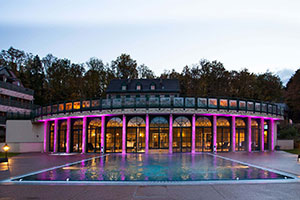
Discover all the “Friends of the Violets” evenings of 2025!
The Hotel and Spa Les Violettes**** invites you to its theme nights every first Thursday of the month! Discover without further delay our program for
Around a good table, Alsace is shared: renowned for its wines and its gastronomy, it enchants the palate of lovers of good food and epicureans passing through!
Its hearty cuisine is characterized by its know-how and its flavors, this applies to both savory and sweet dishes. The Alsatian way of life also means discovering the Wine Route which winds between vineyards and villages and takes you on its most secret detours: take the time to taste our gastronomy.
It is impossible to talk about Alsatian gastronomy without starting with THE dish that embodies it the most: sauerkraut. It must be said that this dish, prepared from fermented cabbage, sticks to the body and has the significant ability to help resist winter.
The story goes that sauerkraut was introduced to Alsace by the Huns in the 5th century. It was still embellished with charcuterie by the locals!
The Bas-Rhinois even have a “Sauerkraut Route” where great festivities are organized every year celebrating this emblematic Alsatian dish.
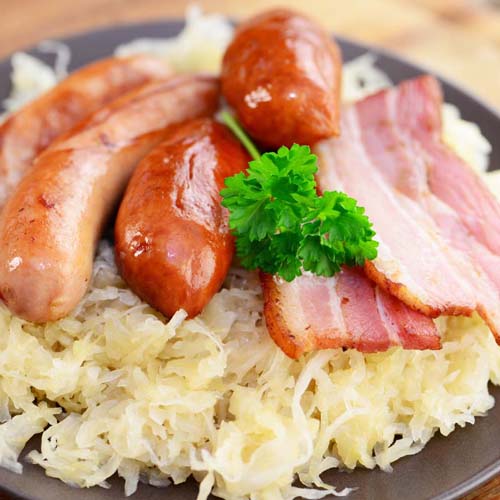
Another essential dish of Alsace, the “flammekueche” has always been a dish of peasant origin. She was born in the town of Truchtersheim, a small town in Kochersberg, located in the fertile agricultural region that is also called the “breadbasket of Strasbourg”. The custom of the peasants to recycle the dough of the bread to share this dish gained in the Sixties all the layers of the population. Nowadays you can put almost anything in it, even fish or sugar…

Unlike the tarte flambée, this “Alsatian hotpot” is linked to urban culture. It is in the ovens of the baker that the inhabitants of the cities generally bake it for their Sunday meal.
This dish takes quite a long time to prepare, mainly because of the marinade of the different pieces of meat. Symbolically, each meat in this dish would represent a religion: beef for Catholics, pork for Protestants, and lamb for Jews.
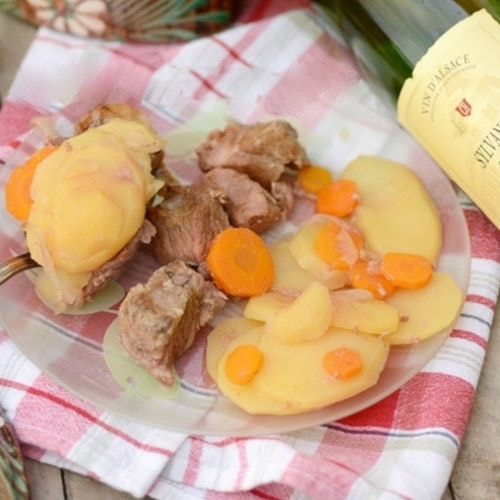
The famous Alsace asparagus, whose cultivation dates back to the 16th century, is traditionally served with 3 sauces (mayonnaise, vinaigrette, hollandaise) and garnished with ham. This traditional dish, for its friendly side, is eaten with the fingers from April to May.
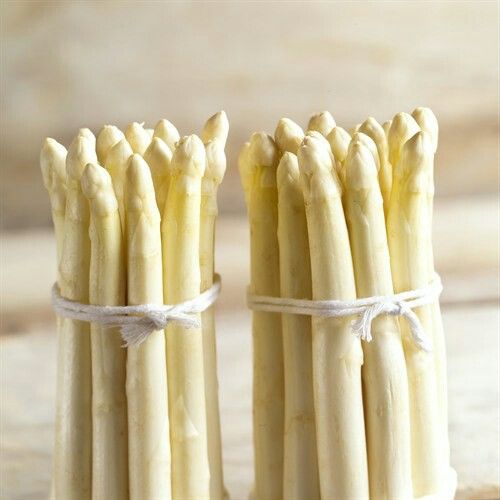
The stories about its origin are as numerous as its spellings! The whole secret of this cake lies in its mold made from Alsatian pottery. It is sweet to be enjoyed at breakfast or in the afternoon, but can also be savory as an accompaniment to an aperitif.
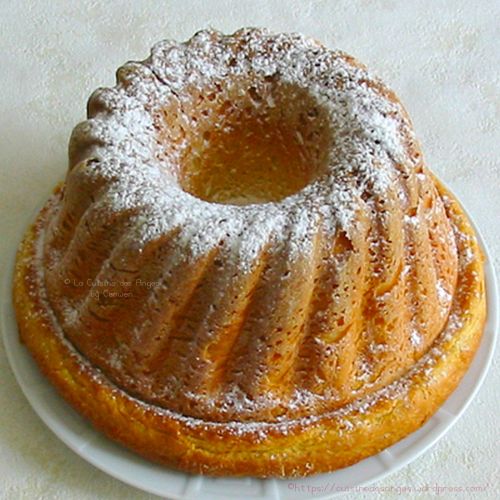
Like the maroilles of our ch’tis friends, this cheese with a strong character (not to say a strong smell…) hides a sweet taste and is very appreciated by the Alsatians, which is not necessarily the case for tourists… It was originally created in the Munster valley, at the foot of the Vosges peaks; this valley gave it its name. It is traditionally eaten on a wooden board and can be accompanied by strips of onions, cumin or poppy seeds.
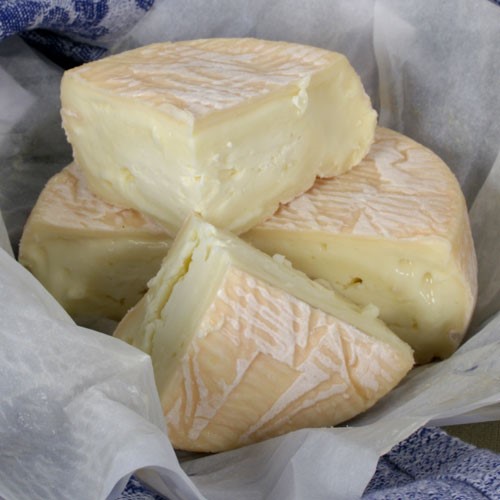
Less famous and yet just as delicious, more confidential dishes exist in Alsace. The territorial balance is respected: fried carp in the South, matelote in the North.
A recipe exclusively associated with Sundgau, the fried carp is both elaborate and simple. It is made up of pieces of carp coated with a paste made of beer, semolina or flour. It is always accompanied by the famous trio: fries/mayonnaise/salad. And, if the Bas-Rhinois have the sauerkraut route, the Haut-Rhinois have the fried carp route.
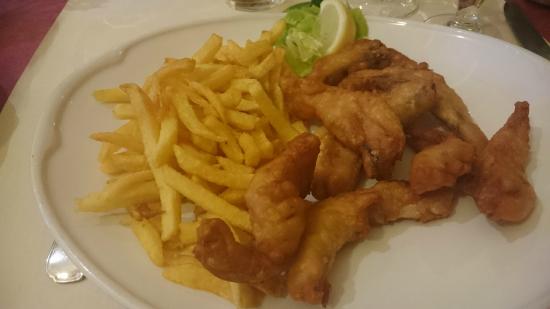
It is sometimes curious to see how dishes travel. Matelote was originally a popular dish in the Paris region in the 18th century. It is now the jewel of the Grand Ried, this area of Bas-Rhin located between the Ill and the Rhine. Also nicknamed the “Alsatian bouillabaisse”, it is made up of pieces of freshwater fish and served with Alsatian noodles.
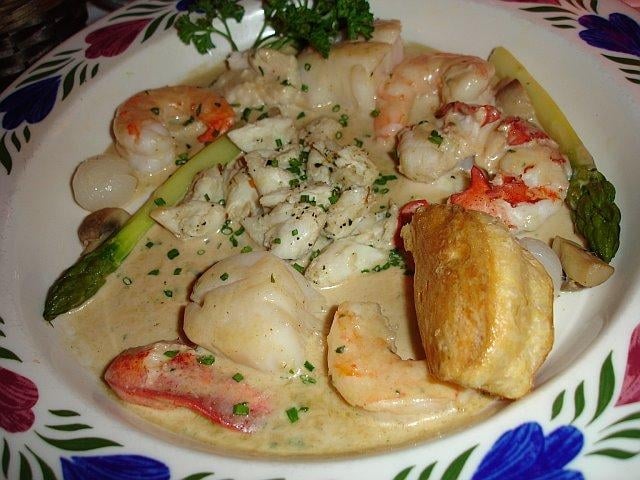
The recipe and the know-how make the difference. In Alsace, tradition dictates that goose or duck foie gras be deveined and prepared with about fifteen spices. A festive and tasty dish since the 18th century, it is the pride of Alsatian gastronomy. A subtle-tasting liver, with a creamy consistency that does not coat the mouth with fat.

Alsace has a rich culinary heritage and offers an original and unmissable gastronomy, steeped in its traditions. One can only succumb to the charms of the Alsatian table, its conviviality, its flavors, its terroir. So what are you waiting for to taste our gastronomy….

The Hotel and Spa Les Violettes**** invites you to its theme nights every first Thursday of the month! Discover without further delay our program for

Spa Weekend Alsace : Hotel & Spa Les Violettes Spend a dream weekend in a hotel and spa housed in an exceptional setting in Alsace.

The history of the spa through the ages Humans all over the world have always known how to use the therapeutic virtues of hot water.
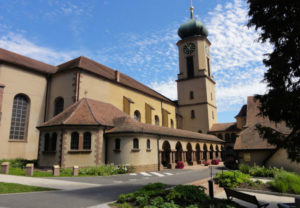
The Basilica of Our Lady of Thierenbach At 355 m altitude, two steps from the hotel “les violettes” and the farm of the monks, stands

Tomi ungerer, godfather of violets Renowned as one of the most talented designers of his generation, since 1957 he has had an international career in

Que faire aux alentours de l’hôtel les violettes ? De nombreux lieux culturels, historiques et de loisirs se situent à proximité de l’hôtel “Les Violettes”